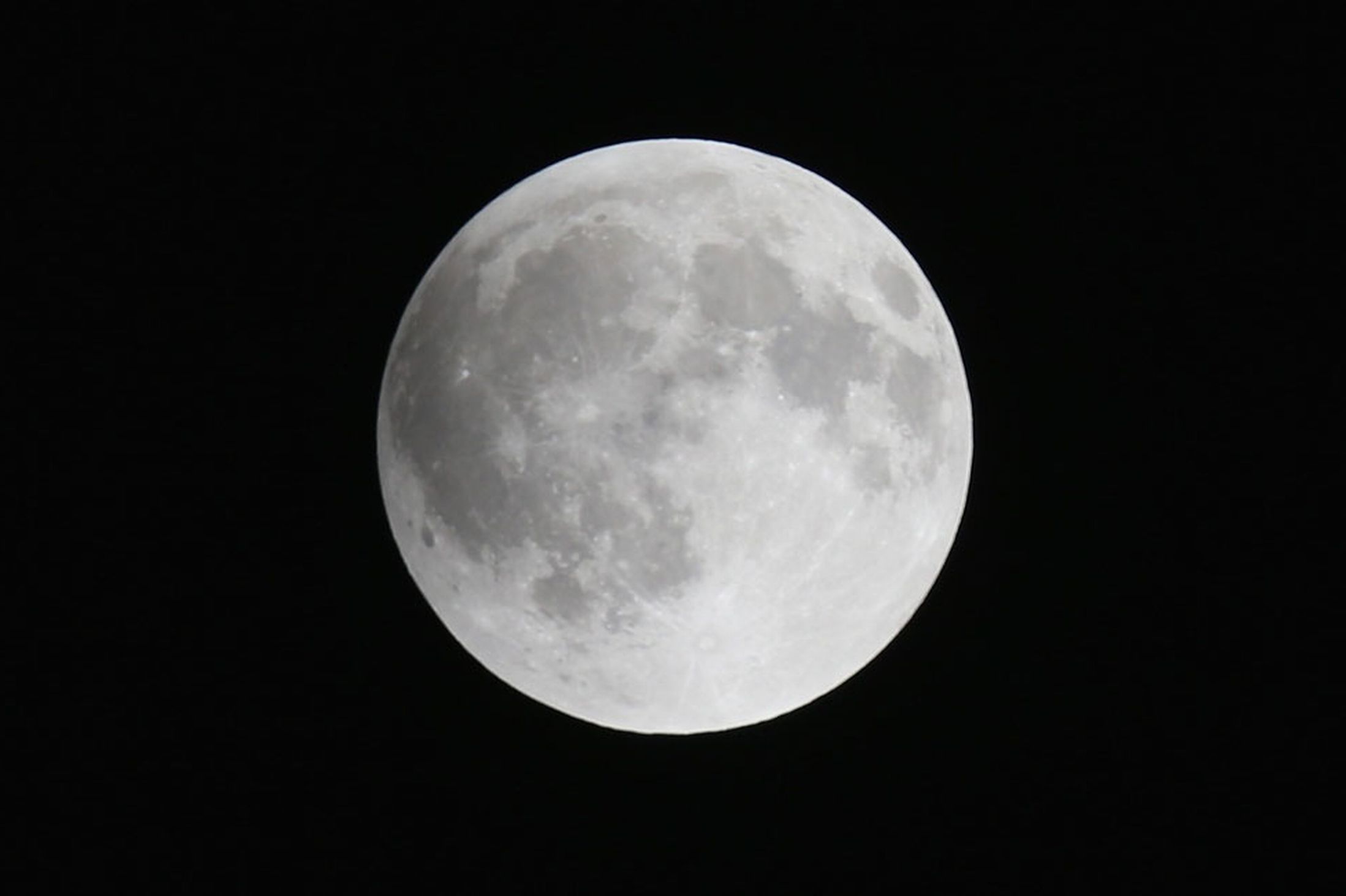PARIS, France – The mystery of the Moon’s composition has finally been solved, debunking the age-old myth that it is made of green cheese.
A recent study led by astronomer Arthur Briaud of the French National Centre for Scientific Research in France revealed that the Moon’s inner core is a solid ball with a density similar to that of iron.
This groundbreaking discovery is expected to pave the way for a more accurate understanding of the Moon’s history and by extension, that of the Solar System.
“Our results question the evolution of the Moon magnetic field thanks to its demonstration of the existence of the inner core and support a global mantle overturn scenario that brings substantial insights on the timeline of the lunar bombardment in the first billion years of the Solar System,” wrote the team led by Briaud.
In order to determine the Moon’s core composition, Briaud and his colleagues collected data from space missions and lunar laser ranging experiments, which enabled them to compile a profile of various lunar characteristics.
They then conducted modeling with various core types to find the one that matched most closely with the observational data.
The team’s research not only revealed the Moon’s inner core to be solid but also confirmed the existence of an outer fluid layer.
According to their findings, the outer core has a radius of about 362 kilometres (225 miles), while the inner core has a radius of about 258 kilometers (160 miles).
The inner core’s density is estimated at about 7,822 kilograms per cubic meter, closely resembling the density of iron.
These findings align with a 2011 study led by NASA Marshall planetary scientist Renee Weber, which also found evidence of a solid inner core with a similar radius and density. Briaud and his team assert that their results confirm the earlier findings, thus making a strong case for an Earth-like lunar core.
Understanding the Moon’s core composition is crucial for shedding light on its evolution, particularly in relation to its magnetic field, which started to decline about 3.2 billion years ago.
As humanity looks to return to the Moon, seismic verification of these findings may not be too far away.
The research has been published in Nature.







